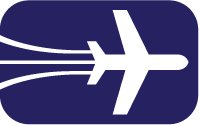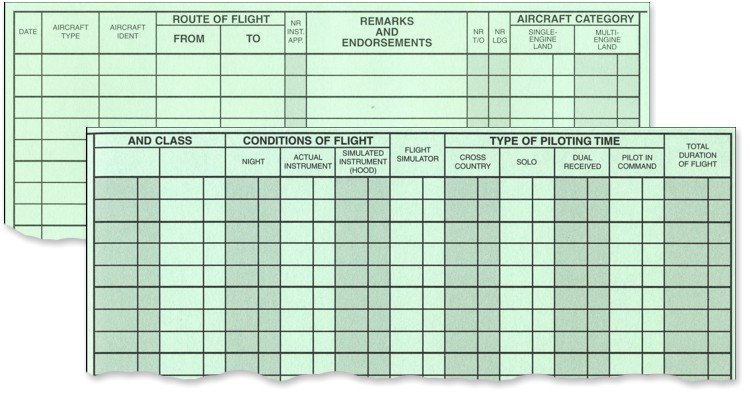



It seems so simple, right? Make a record of your flights so that you can prove you meet the FAA experience requirements for certificates and ratings and to you have recent flight experience for carrying passengers. Of course, any new pilot quickly learns that there are many confusing details encountered flight logging. Are logbooks different for private pilots vs commercial pilots? Do I log takeoffs as well as landings, or can I just assume the takeoffs? What exactly is night? What is cross-country?
SCFC Senior Instructor Brian Eliot has pulled together a rich presentation that will answer the various pilot logbook issues using FAA regulations and other FAA interpretation sources. He will discuss the variations between logbook types, and how electronic flight logbooks differ from paper logbooks. He’ll look at some of the latest pilot tools for automatic flight logging and share whether that is a good idea for you. He will introduce you to the most common columns to include in your logbook for flight training, and how to log simulator time. Finally, he’ll talk about the requirements pilots must meet with regard to preserving past logbooks and flight records.
Please feel free to bring your logbooks and the questions you’ve encountered in logging your own flights for the Deep Dive into CFR 14 Part 61.51.
Brian Eliot is a Senior Instructor at San Carlos Flight Center and their resident expert for IFR training and Garmin G1000 avionics. He has been flying since 1995 and received all his training in the Bay Area. Brian previously worked as a broadcast engineer, a software developer, and taught computer science at both the undergraduate and graduate levels. He regularly presents at San Carlos Flight Center safety seminars and has a reputation for making complex concepts easy to learn and understand.